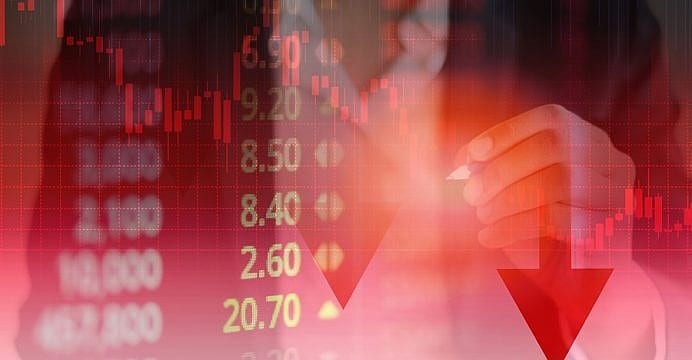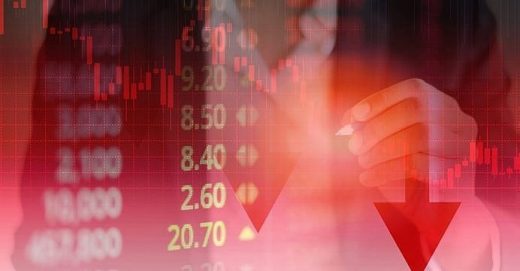Goldman Sachs Revises Global Ecommerce Growth Estimate, Cites COVID As Catalyst
Goldman Sachs Revises Global Ecommerce Growth Estimate, Cites COVID As Catalyst

Goldman Sachs analysts have raised its ecommerce growth estimate and called attention to companies benefiting from greater access to consumer data and purchase history.
In a report published late Monday, Goldman Sachs estimates global ecommerce growth will reach 19%, compared with 16% prior.
The shift to ecommerce not only enables brands and retailers to improve on the consumer experience, but on efficiencies and competitive benefits through advertising, product recommendations and dynamic pricing.
The COVID-19 pandemic doubles the penetration of ecommerce globally, accelerating what the analyst firm sees. Some major categories, such as consumer packaged goods, continue to build as much as three years of penetration growth in three months.
“This acceleration is being driven primarily by faster growth in the U.S., Western Europe, Brazil and most of APAC,” the report states. “More broadly, we expect that retail will grow 1.4% in 2020 and 6.1% in 2021, with CAGR over the next 5 years of 4.8%. This implies ecommerce penetration will reach 22% by 2023, which compares with 19% in our prior estimates.”
Is this growth sustainable?
“A large part of this is sustainable, with a permanent steepening of the growth curve for ecommerce,” according to the report. “While we will likely see a near-term decline as markets reopen, as the financial realities of fewer people in stores, particularly during key holidays, lead to even more store closures, we are likely to see a second wave driving ecommerce adoption above even current highs.”
It all began as panic buying, hoarding and nest feathering out of necessity, but now shopping online has turned into adaptations that continue to drive ecommerce. It goes far beyond just Amazon, with traditional retailers like Walmart, Target, Ahold Delhaize and Kroger reporting triple-digit growth in ecommerce revenue. Alibaba, Etsy, MercardoLibre, Wayfair, and Farfetch have also seen surging demand, per the report.
In China, the pick-up points to discretionary spending across all categories as employees return to work. In Europe, after years of relatively slow growth vs. non-food online retail, enforced lockdowns and recommended social distancing have caused a step change in online grocery growth in Western Europe.
UK non-food online retail sales grew more than 49% in May. Goldman Sachs analysts see similar scenarios in India, Latin America, Australia and most other markets.
Interesting to note: Mobile’s share of digital commerce has stayed roughly at 32% for the past three quarters, but Goldman Sachs analysts do see the potential for mobile to increase during the longer term. In the first quarter, three out of seven categories with above-average digital commerce growth actually saw below-average mobile penetration.
As mobile penetration increases across these categories, we would expect the potential for acceleration to increase.
“CPG saw the sharpest acceleration with +18ppts y/y followed by Toys & Hobbies and Video Games with +9ppts and + 7ppts, respectively,” per the report. “Computer Hardware and Furniture & Appliances saw acceleration by 5ppts and 2ppts, respectively.”
The downside to all this — the world will see hundreds of physical store closures this year.
(22)


